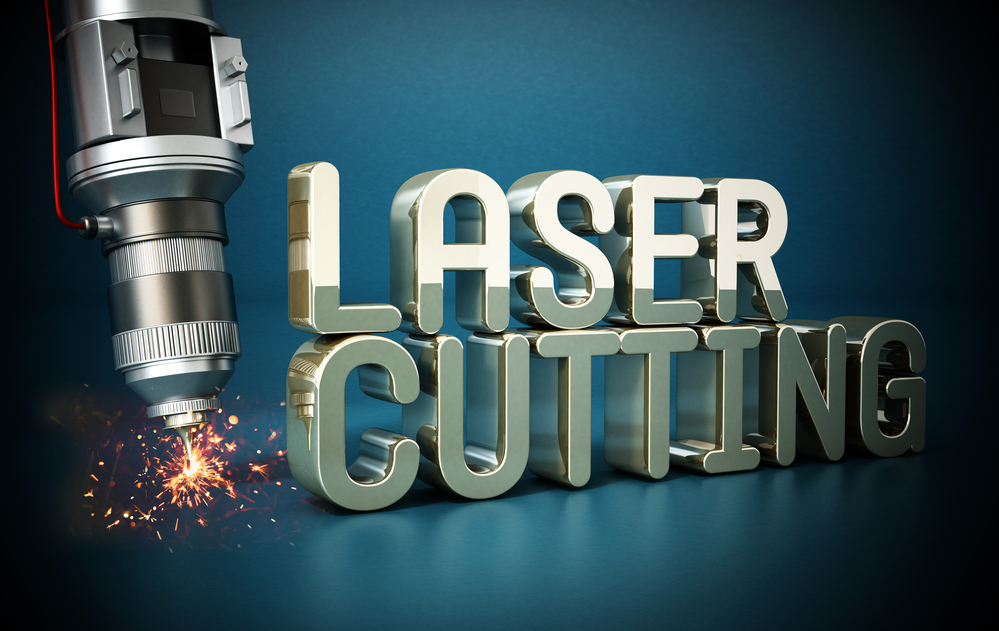Laser cutting is a fascinating technology that has traditionally been reserved for industrial applications and professional workshops. However, recent advancements in technology have made laser cutting more accessible, allowing hobbyists and DIY enthusiasts to explore this precision technique from the comfort of their homes. If you’re looking to start laser cutting at home, here’s a comprehensive guide to help you get started, covering everything from selecting the right equipment to safety precautions.
Understanding Laser Cutting
Laser cutting is a process where a high-powered laser beam is used to cut or engrave materials into specific shapes and designs. The laser beam acts as a chisel, incising marks by removing layers from the surface of the material. This process is favored for its precision, speed, and flexibility.
Types of Laser Cutters
Before diving into laser cutting at home, it’s essential to understand the different types of laser cutters available:
CO2 Laser Cutters: These are the most common type of laser cutters used in home-based settings. They can cut through wood, acrylic, glass, paper, and some types of plastics. They are generally more affordable and easier to use.
Fiber Laser Cutters: These are primarily used for metals and are more expensive. They provide a higher precision cut but might not be necessary for all home applications unless you plan to work extensively with metal.
Diode Laser Cutters: These are relatively new in the market and are known for their efficiency and compact size. They can cut through softer materials like wood and leather but are less effective on harder materials.
Choosing Your Laser Cutter
Selecting the right laser cutter depends on your project needs, budget, and the materials you plan to work with. Here are a few tips:
Evaluate Your Needs: Determine what materials you will cut most frequently and select a machine that can handle those materials efficiently.
Consider Workspace: Ensure that you have adequate space in your home for the equipment as some machines can be quite large.
Budget: Set a budget keeping in mind that apart from the initial investment, operating and maintenance costs also need consideration, as well as materials.
Setting Up Your Home Laser Cutter
Once you’ve purchased your laser cutter, setting it up correctly is crucial for safe and efficient operation:
Read the Manual: Every model has specific requirements for setup and operation. Thoroughly reading the manual can save you a lot of troubleshooting later.
Ventilation: Proper ventilation is crucial as the cutting process can produce fumes and smoke that are harmful if inhaled.
Electrical Requirements: Ensure your electrical setup meets the power needs of your machine to avoid any electrical mishaps.
Calibration: Before starting your project, make sure the laser is calibrated according to the manufacturer’s instructions to ensure accuracy.
Safety Precautions
Safety should be your top priority when operating any machinery at home, especially something as potent as a laser cutter:
Wear Protective Gear: Always wear safety glasses to protect your eyes from infrared light, and consider a respirator if you’re working with toxic materials.
Keep Fire Extinguishing Tools Handy: Have fire safety tools like a fire extinguisher or fire blanket nearby due to the risk of sparks leading to fires.
Never Leave the Machine Unattended: Always monitor the machine while it’s operating to quickly manage any unexpected issues.
Creating Your First Project
Starting with simple projects can help you understand the capabilities of your machine:
Design Software: Learn how to use design software compatible with your laser cutter. Many machines come with specific software or have recommendations.
Material Selection: Start with materials that are easier to cut like acrylic or soft wood until you get more accustomed to the settings required for different materials.
Test Cuts: Perform test cuts on small pieces of material to determine optimal speed and power settings before moving on to larger projects.
Maintenance Tips
Proper maintenance ensures your laser cutter operates efficiently for a longer period:
Regular Cleaning: Keep the machine clean from dust and debris, especially the lenses and mirrors which can affect the laser’s effectiveness.
Alignment Checking: Regularly check and adjust the alignment of your laser beam if necessary.
Software Updates: Keep your software updated to ensure compatibility with various file formats and smoother operation.
Laser cutting at home opens up a world of creative possibilities. With the right equipment and a careful approach towards safety and maintenance, you can harness this powerful technology safely and effectively right from your own workspace.
Remember that each project comes with its learning curve; patience and practice will lead you towards mastering home laser cutting. Happy cutting!

